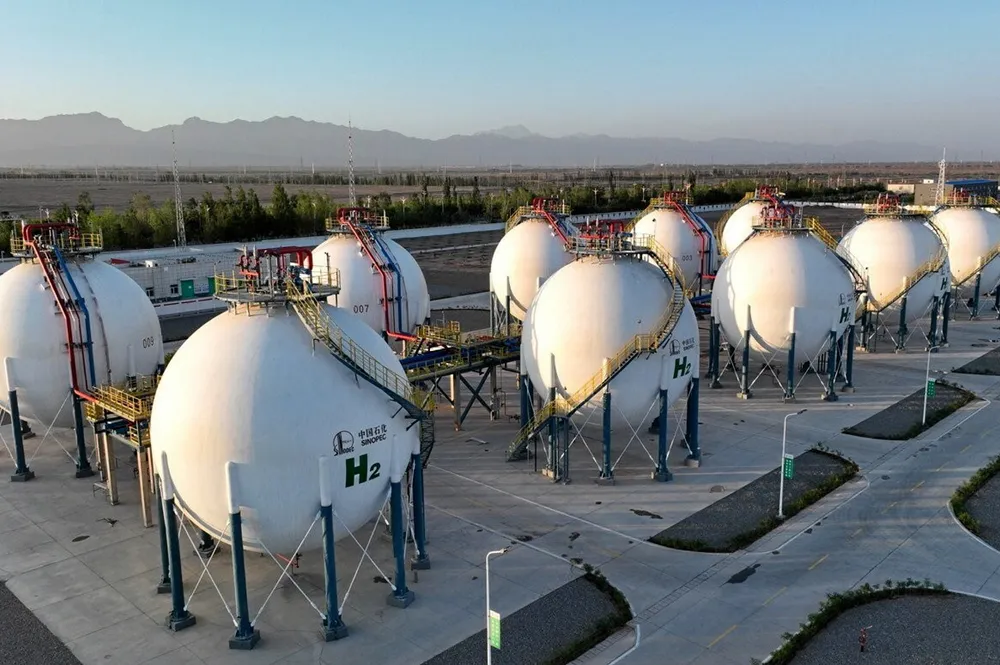ANALYSIS | Clean hydrogen 'remains too expensive and uncompetitive' – how can costs be reduced?
Consultant Capgemini asked more than 120 hydrogen businesses for their views, presenting their responses in a new whitepaper, alongside its own analysis

Consultant Capgemini asked more than 120 hydrogen businesses for their views, presenting their responses in a new whitepaper, alongside its own analysis
